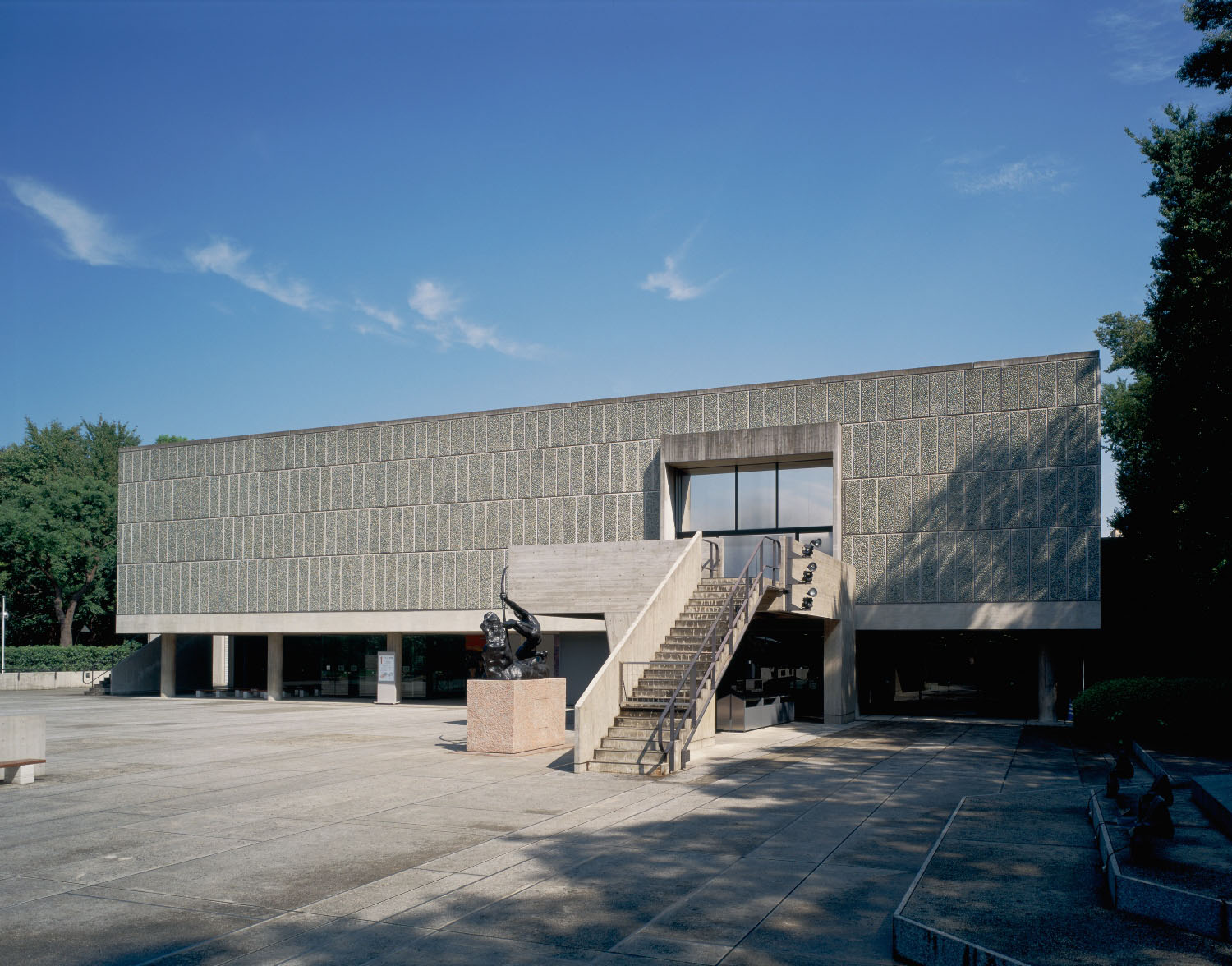The Swiss-French architect and artist Charles Eduoard Jeanneret-Gris, better known as Le Corbusier, was by any measure one of the greatest architects of the twentieth century.
A torchbearer of architectural modernism in Paris in the 1920s, growing to become a figure of global stature by the 1950s, Le Corbusier designed major buildings and parts of cities across Europe, the Americas and India, and exerted enormous influence over world architectural culture in the middle years of the last century. However, despite his world-spanning reach, Le Corbusier only executed one building in the East Asian hemisphere — The National Museum of Western Art in Ueno Park, Tokyo.
This building was commissioned to house a significant collection of modern European art accumulated in Paris during the 1910s and '20s by a wealthy Japanese shipping magnate, Kojiro Matsukata. Briefly confiscated by the French after the World War II, the collection was returned to Japan in 1953 to form the core of a new museum of Western art, a magnanimous but also culturally shrewd gesture by France. While the building was built and paid for by Japan, the design was to be kept in Parisian hands — those of Le Corbusier. Significantly however, the detailed execution of the construction was undertaken by three younger Japanese architects, Kunio Maekawa, Junzo Sakakura and Takamasa Yoshizaka, all of whom had apprenticed in Le Corbusier's office in Paris and went on to become major architects and bearers of his influence in Japan.















With your current subscription plan you can comment on stories. However, before writing your first comment, please create a display name in the Profile section of your subscriber account page.